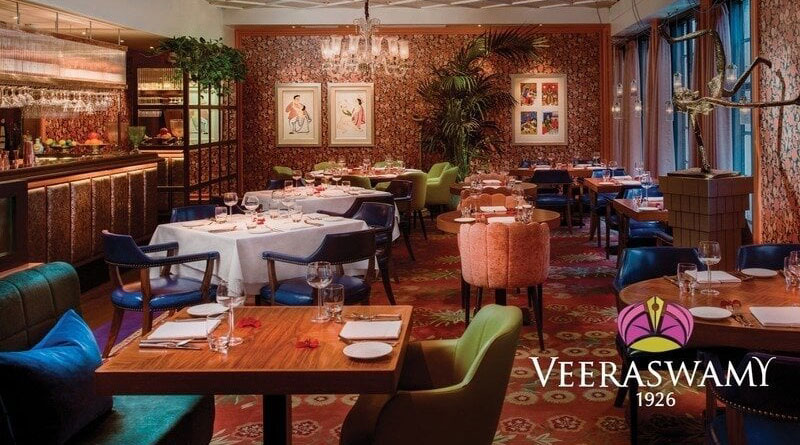Campaign Launched to Preserve Historic Indian Restaurant Ahead of Centenary

A campaign to preserve one of the UK’s most iconic dining institutions has been launched, with hospitality leaders and loyal customers calling for intervention to secure the future of London’s oldest Indian restaurant.
Veeraswamy, located just moments from Piccadilly Circus, has been serving diners since 1926 and is widely recognised as the country’s oldest surviving curry house. However, as it approaches its 100th anniversary, its future hangs in the balance due to a dispute over a small section of leased space.
The premises, situated within Victory House on Regent Street, is owned by the Crown Estate—an extensive property portfolio that manages assets on behalf of the monarchy.
The Estate has informed MW Eat, the restaurant group behind Veeraswamy, that the restaurant’s lease, which expired in June, will not be renewed.
According to the Crown Estate, the decision is linked to broader redevelopment plans for Victory House, which include a full-scale refurbishment of the building and expansion of the reception area for upper-floor office use. The proposed changes would involve reconfiguring the entrance space currently used by Veeraswamy—an area of just 11 square metres.
MW Eat has argued that without a designated entrance, the restaurant would be unable to continue operating, effectively bringing nearly a century of culinary heritage to an end.
A petition has since been launched, urging both the Crown Estate and King Charles III—on whose behalf the Crown Estate operates—to reconsider the decision.
The appeal calls for the renewal of the lease and for the importance of cultural and historic legacy to be factored into future development plans.
Ranjit Mathrani, co-owner of MW Eat, expressed surprise at the decision, noting that discussions with the Crown Estate the previous year included an offer to expand Veeraswamy’s footprint within the building—an offer he declined due to operational considerations.
Over the decades, the restaurant has attracted an illustrious clientele, with high-profile figures including royalty, politicians and international dignitaries among its guests. It is considered a landmark in the evolution of Indian cuisine in the UK and a testament to the enduring appeal of high-end South Asian dining.
